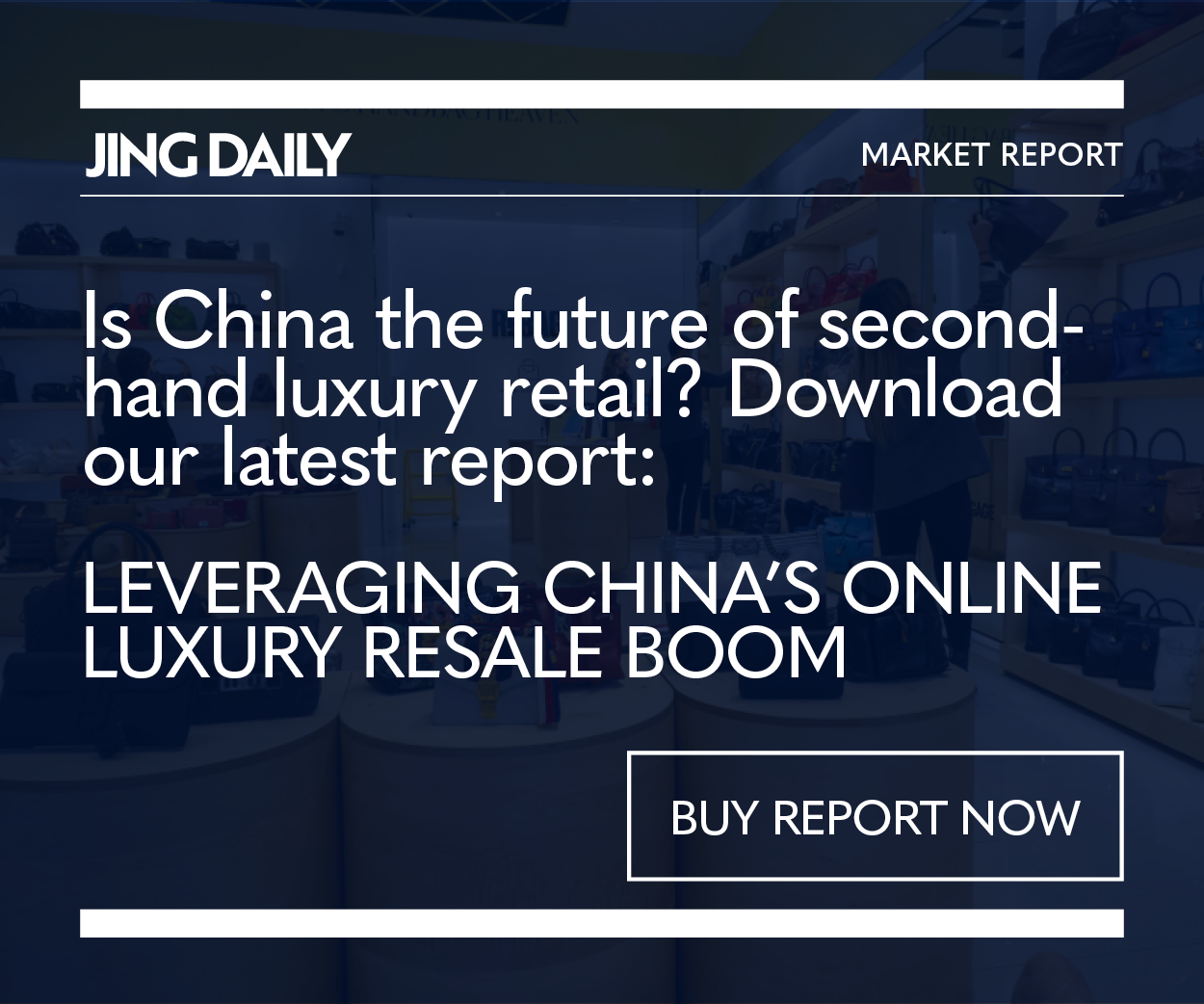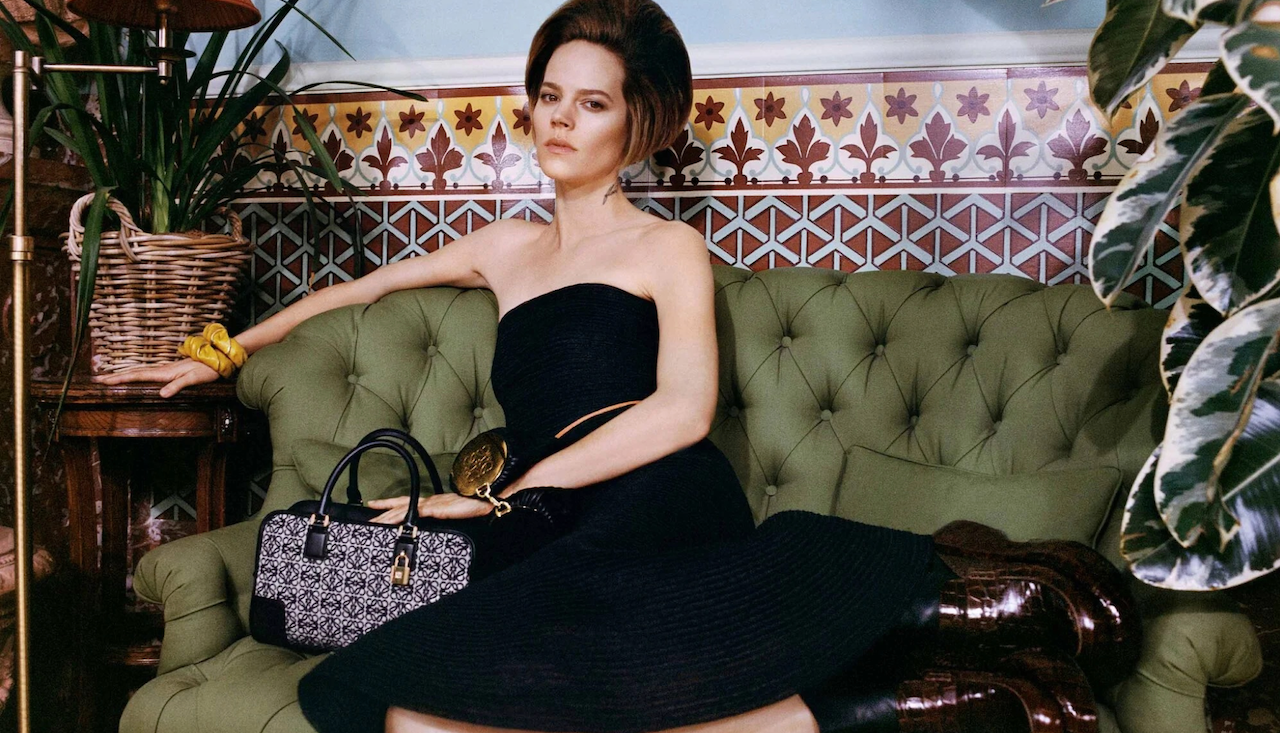Key Takeaways:#
- A growing number of luxury brands are seeing the benefit of offering archive products to reinvigorate sales and engage younger consumers.
- Meanwhile, brands are cracking down on gray-market resellers by limiting the number of "it-bag" purchases individual consumers can make per year.
- Offering archive collections can be an effective way to fight the resale market and gather data about which products to revive.
China’s luxury market has become far more domestically driven over the past two years, with formerly Europe- or Japan-bound consumers spending more at local brand boutiques and traveling abroad far less, forcing luxury brands to think creatively to boost sales within mainland China. Crimped by the government’s ongoing war on celebrities and the “fan economy,” a (hopefully short-term) spending slowdown, and a growing crop of up-and-coming local brands, 2022 is shaping up to be a complicated year for luxury brands in China.
But what some of the more intrepid brands have going for them is deep archives. Mining its century-long history, Gucci recently launched its “Vault” retail experience, an online concept store that functions, as the brand put it, as "a time machine, an archive, a library, a laboratory, and a meeting place." Offering Gucci lovers the chance to nab archival pieces as well as new items by emerging designers like Collina Strada and Ahluwalia, the Vault could be a bellwether of what’s to come from brands hoping to keep consumers interested and -- in China’s case -- spending.
The store’s current stock includes Gucci accessories, leather goods, apparel, and homewares spanning the 1960s through the 1990s, with a smattering of one-of-a-kind, custom pieces not available elsewhere. As creative director Alessandro Michele put it at the launch of Vault, "In my mind, I always had the idea to create a place in constant evolution where ‘impossible’ conversations between objects from different origins, creators, and eras could take place."
Archive or deadstock collections are becoming a popular way for brands to surprise and delight a global consumer base that is becoming both easily bored and heavily reliant on e-commerce after nearly two years of the COVID-19 pandemic. In the consumer space, earlier this year Nike launched its Refurbished program in 15 stores, giving customers a chance to trade in their worn sneakers, which the brand then refurbished for sale. Among others rolling out similar programs are Madewell and Patagonia. And in the luxury space, British brand Mulberry piloted its “Mulberry Exchange” program this past April, giving customers a chance to trade in their used handbags for credit towards a new purchase, with Mulberry restoring the pre-owned bags before offering them for resale via Mulberry.com and Vestiaire Collective. The same month, luxury giant LVMH launched a program to sell unused textiles to the public rather than letting them go to waste.

After years of being inundated with on- and offline advertising trying to get them to buy the latest and greatest, millions of younger Chinese consumers are turning to archive collections or resale platforms to stand out. As Torsten Stocker, COO of Thakral Corporation, told us in our report Leveraging China’s Online Luxury Resale Boom, “For people born in China in the 1960s and 1970s, maybe they grew up with hand-me-downs from family members, cousins, or neighbors, and it was a particularly tough time. So obviously it’s not a great memory. But of course, now the younger generations, Gen Z and millennials, would be interested in secondhand items. They look at these goods as something quite different and something that others can’t readily get their hands on. It plays into being a bit more individual in consumption, while giving these consumers access to luxury items they can actually afford at a lower price than at the luxury boutiques.”
Recent brand moves indicate that demand for archive or secondhand pieces could only increase in 2022 as brands clamp down on their new products going straight to the secondary market. Recently, Chanel announced a change to the sale policy for its most popular handbags, the Classic Flap Bag and the Coco Handle, limiting the purchases of each bag to one per customer per year. The brand also put in place a new policy limiting customers to no more than two of the same small leather goods per year.
“Opening the vault” to offer archive pieces and reinvigorate sales could be a smart move with a huge amount of content-commerce extensions for luxury brands with relatively long histories. But beyond that, it is also a smart move for brands considering which archive lines to possibly revive, as Dior did in 2018 with the re-release of its 1990s classic Saddle Bag and Loewe did with the 2021 reincarnation of its Amazona, originally created in 1975. Gathering data on which bags appeal most to consumers in different markets could be the perfect rationale to mine the archives and bring back old lines, promoting them via a new generation of spokespeople. (For the debut of the new Amazona, Loewe turned to a wide range of interesting faces, such as China’s Liu Wen and South Korea’s HyunA.)

